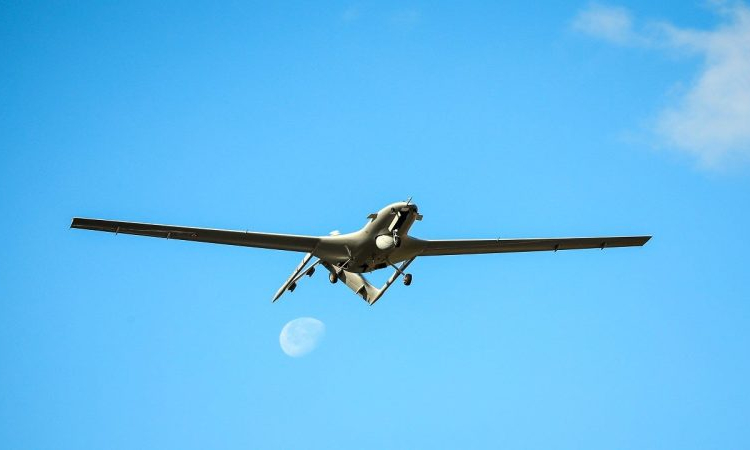In a recent incident, a Bayraktar TB2 drone belonging to the Burkinabe Air Force crashed approximately 140 kilometers southeast of the capital city, near Tenkodogo. This unfortunate event has brought attention to Burkina Faso, which is the latest country to acquire the Bayraktar TB2 drone from Turkey in order to enhance its aerial capabilities against insurgents.
The Burkinabe Air Force received a total of five Bayraktar TB2 drones between April and May 2022. The decision to acquire these drones was based on the successful combat performance of the Bayraktar TB2 during conflicts in Libya and Azerbaijan’s breakaway region of Nagorno-Karabakh in recent years.
The Bayraktar TB2 drone has gained significant popularity among African countries due to its impressive capabilities. Turkish company Baykar has successfully sold these drones to nations such as Nigeria, Niger, Togo, Djibouti, Libya, Ethiopia, Morocco, and Tunisia. Additionally, Angola has also expressed interest in acquiring these drones.
Designed for short range reconnaissance and surveillance missions, Bayraktar is currently operational with the Turkish Land Forces.
The UAV is equipped with a triple redundant avionics system. An onboard avionics suite encompasses units, including microcontroller, engine control, servo motor power control, engine signal processing and I/O and GPS receiver units.
It also features a Pitot static sensor, laser altimeter and alpha beta sensor modules, as well as speed, temperature and fuel level sensors.
Bayraktar TB2 UAV has the capacity to carry a payload of 150kg and operate during day and night.
One of the key advantages of the Bayraktar TB2 is its payload capacity, capable of carrying up to 150 kilograms. This drone can be equipped with various weapons, including the low-weight laser seeker MAM-L and the smaller version of the “Cirit” missile, known as MAM-C. These smart munitions, developed by Roketsan, can be mounted on the launcher beneath both wings of the drone.
The standard payload configuration includes an electro-optical (EO) camera module, an infrared (IR) camera module, a laser designator, a laser range finder (LRF) and a laser pointer.
While the recent crash of the Bayraktar TB2 drone in Burkina Faso is undoubtedly a setback, it is important to note that technical failures and accidents can occur with any aircraft, manned or unmanned. Investigations will likely be carried out to determine the cause of the crash and to prevent similar incidents in the future.
As Burkina Faso continues to strengthen its aerial capabilities with the acquisition of the Bayraktar TB2 drones, it is expected that these unmanned systems will play a crucial role in the country’s efforts to combat insurgents and ensure national security. The utilization of advanced drone technology has become increasingly common in modern warfare, and Burkina Faso’s decision to invest in this capability reflects the evolving nature of military strategies worldwide.


